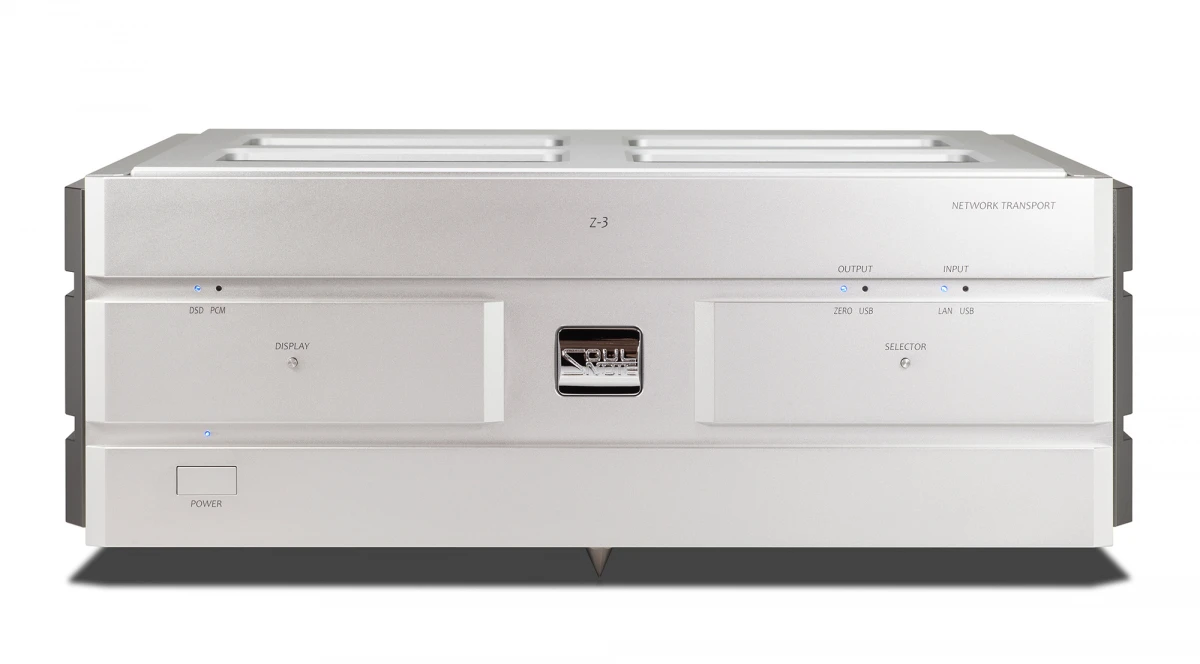CD / SACD players and transports — Soulnote S-3
Description, images, technical data and specifications
Soulnote S-3
Image source — © Soulnote
Specifications
Model name
S-3
Transport
Yes
Player
Yes
SACD support
Yes
Engine
N/A
Frequency response low +/- 3dB (for CD) (Hz)
2
Frequency response high +/- 3dB (for CD) (Hz)
150000
Frequency response low +/- 3dB (for SACD) (Hz)
2
Frequency response high +/- 3dB (for SACD) (Hz)
150000
Gain (dBu)
N/A
Output Level (balanced) (V)
5.6
Output Level (single-ended) (V)
2.8
Input Impedance (balanced) (Ω)
N/A
Input Impedance (single-ended) (Ω)
N/A
Output Impedance (balanced) (Ω)
5000
Output Impedance (single-ended) (Ω)
5000
Dynamic range (for CD) (dB)
N/A
Dynamic range (for SACD) (dB)
N/A
Signal to Noise Ratio (for CD) (dB)
110
Signal to Noise Ratio (for SACD) (dB)
110
Total Harmonic Distortion + Noise (for CD) (%)
0.008
Total Harmonic Distortion + Noise (for SACD) (%)
0.008
Dimensions (mm)
454 × 174 × 393
Weight (kg)
27
Official link
Related content
More components

CD / SACD players and transports
Soulnote Z-3


